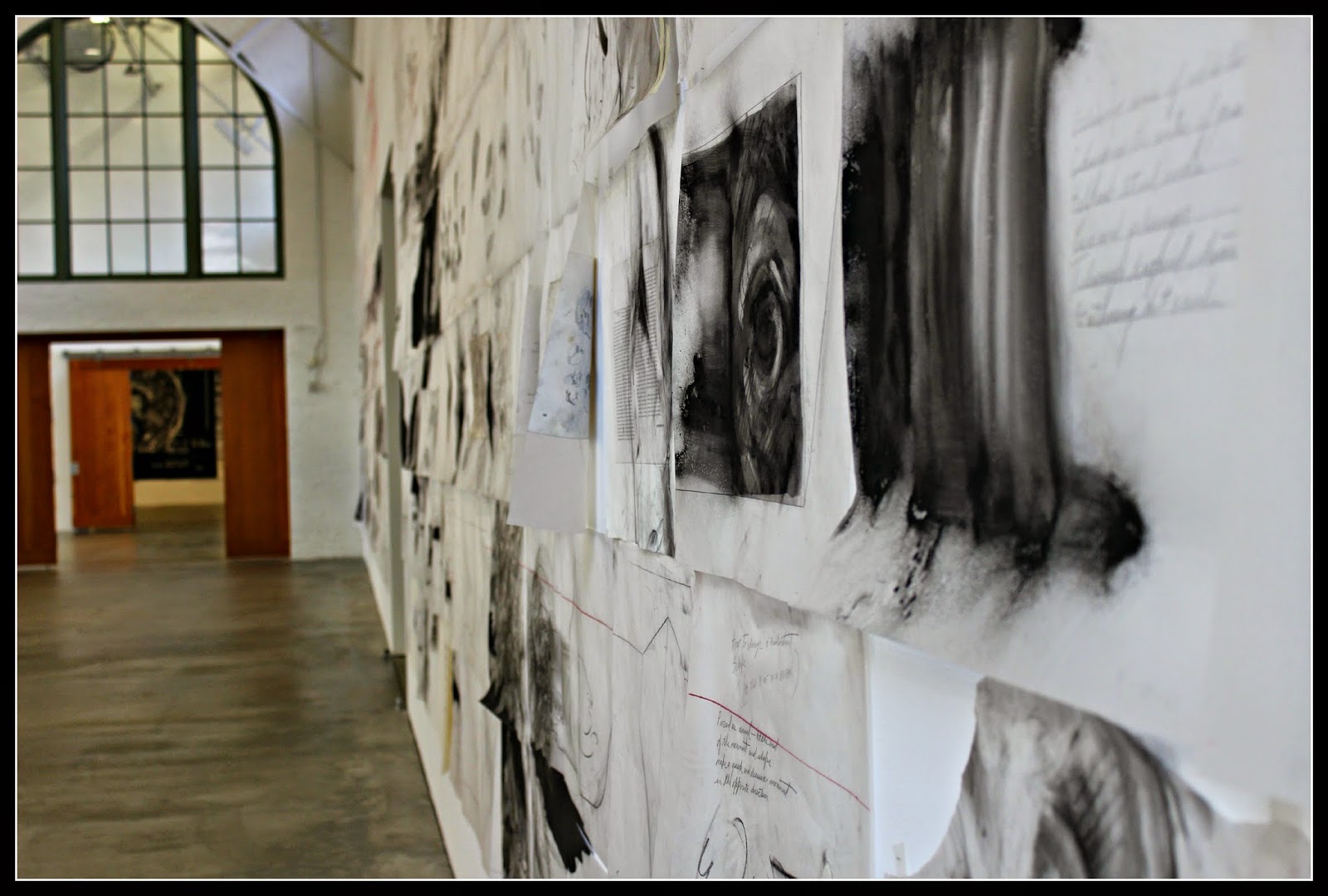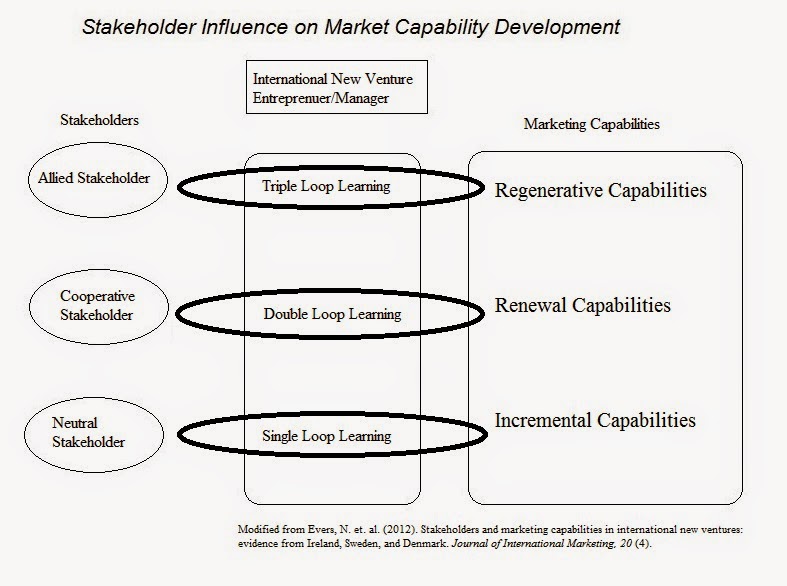The blog discusses current affairs and development of national economic and social health through unique idea generation. Consider the blog a type of thought experiment where ideas are generated to be pondered but should never be considered definitive as a final conclusion. It is just a pathway to understanding and one may equally reject as accept ideas as theoretical dribble. New perspectives, new opportunities, for a new generation. “The price of freedom is eternal vigilance.”—Thomas Jefferson
Friday, August 29, 2014
Thursday, August 28, 2014
2014 Asia-Pacific Business Conference
November 27th to 29th 2014
Perth, WA, Australia
The conference aims to bring together worldwide academics,
researchers & policy-makers to discuss ongoing research on FTAs and
Regional Integration in East Asia. All accepted papers will be published by
Springer in its Series in Business & Economics.
With the recent financial and economic crisis, globalization
and regional economic integration has become again the focus of intense global
interest and debate. Led by the rapidly growing Chinese economy, the East Asian
region is forging closer economic ties than ever before, and remains the most
dynamic region in the world. It is believed that open regionalism can
contribute substantially to enhanced productivity and economic growth, and to
poverty reduction, within the region. The emerging trilateral Free Trade
Agreement (FTA) negotiation between China, Japan and South Korea provides new
evidence of ongoing Asian economic integration. Given the economic size of the
three countries and their respective shares in the global trade system, the
social, economic, environmental and cultural implications of such an economic
integration in the East Asian region would have an enormous impact world-wide.
Website: http://www.ecu.edu.au/conferences/2014/asia-pacific-business-conference
Kenpo: Using Anvil to Clear your Wrists
An opponent may attempt to grab your wrists to
thwart resistance and force you in a direction of their choosing. They do so to
pull you into a car, house, or other area you may not want to go. Understanding
a few basic moves such as the Anvil and modified Anvil will help to keep your
wrists clear and your options open.
The purpose of the Anvil moves is to clear your
wrists and strike the opponent thereby turning their attack into your counter-attack.
During the wrist pull out it is necessary to use some force with a twist to
loosen the grip and create a release. Try and pull out through the thumbs which
are much weaker when compared to the other digits on the opponent’s hands.
The front snap kick in the Anvil should be either to
the stomach or groin. A proper kick to the groin will immobilize the opponent
quickly leaving enough time to get away. While using the modified Anvil you
should consider hitting the solar plexus to knock the wind out of your opponent
leaving them gasping for air. If you practice it enough you can combine a
sequence of punches with a snap kick that knocks the opponent backward onto the
ground.
Anvil-(Opponent
grabs both wrists from the front)
-Step back with the right foot as you simultaneously
rotate your wrists upward to release grips.
-Brush opponent’s hands aside using palms.
-Snap kick with the right foot to the opponent’s
abdomen. Reset.
Modified
Anvil (Opponent grabs both wrists from the front)
-Step back with the right foot as you simultaneously
rotate your wrists upward to release grips.
-Snap opponent’s arms away from the center of their
body by chopping downward and outward from their outstretched arms.
-Deliver three punches (right, left, right) to solar
plexus.
Art Exhibition: Anatomy of Drawing and Space (Brain Trash)
It’s wild and explores
the innovative resources of man’s mind. James Drake’s Anatomy of Drawing and
Space delves into brain trash. Anything he can think of is drawn out and stuck
on the wall. Some of the works are great pieces of sketch mastery while others
leave you wondering what the author is really attempting to say. Anything goes
when you are splattering your brain trash on the wall.
The work is primarily
unconscious in the sense that it allows any connection between concepts to be
drawn out and displayed for public consumption. Some of the ideas are far out
while others are closely akin to conventional drawing. You will find a variety of themes in the
collage and can even find unique orientations of the work if you take a step
back to see the whole picture.
Running June 10th to September 21 at the
Museum of Contemporary Art Jacobs building the exhibit offers ideas,
innovation, life, and chaos spelled out in draftsman quality. The 1,242
drawings include creatures, animals, scientific formulas and deeply experienced
emotions. The unconscious comes alive.
The display is a fairly accurate depiction of the
process of innovation. To develop something new requires creative thinking and
using multiple pathways to understand a concept. The standard approach is not
the only approach and generally fails to keep up with the advent of change.
Brainstorming is a process of letting anything goes in the understanding and
solving of problems. The unconscious mind is that part of our existence
that allows for the unique to come forward. Creative art, literature, poetry, and
inspiration come from the neurophysiological factors of the
aminergic-cholinergic brain chemistry that juices creative endeavors (Harle,
2011). James Drake’s Anatomy of Drawing and Space offers an opportunity to see
how this operates first hand.
General Admission $10
Seniors $5
Students 26 and over (with ID) $5
25 and under Free (with ID)
Military and their families Free (with ID)
Seniors $5
Students 26 and over (with ID) $5
25 and under Free (with ID)
Military and their families Free (with ID)
1100 & 1001 Kettner Boulevard*
(between Broadway and B Street)
San Diego, CA 92101
858 454 3541
(between Broadway and B Street)
San Diego, CA 92101
858 454 3541
Harle, R. (2011). Creativity, chance and the role of
the unconscious in the creation of original literature and art. Techneotic Arts: A Journal of Speculative
Research, 8 (3).
Wednesday, August 27, 2014
Developing International Marketing through Stakeholder Collaboration
International start-ups rely on more than rudimentary
resource allocation as they inherently require collaborative efforts for
effective monetization. Entrepreneurial use of social and business networks to improve
the chances of success is not something new and is part of the process of
pushing innovation. Research by Evers, et. al (2012) brings forward a model of
how stakeholders interact in international marketing development.
The model requires the shifting from market oriented
to stakeholder oriented developmental trajectories. By using the power of
stakeholders it is possible to better understand the market, business
performance, and overall effectiveness through enhanced knowledge management
and innovative solutions. Working in collaboration with key market stakeholders
can raise the possibilities of developing stronger market penetration.
The type of stakeholder groups are as follows:
Neutral Stakeholders: Companies and industry experts
that have their own goals but often share knowledge with each other for
individual development. General knowledge is converted to specific firm use. It
is considered single loop learning.
Cooperative Stakeholders: Cooperative stakeholders that
work together for general improvement and know enough of each other to be
effective. They are separate entities that have their own goals but will
collaborate when it is beneficial. It is considered secondary loop learning.
Allied Stakeholders: Allied stakeholders are highly
motivated businesses and industry stakeholders that work together to create new
products, services and opportunities. They are engage in triple-loop learning
that leads to regenerative possibilities.
Each stakeholder group has different information to
offer that contributes to the developmental process. Many markets are made of
neutral stakeholders that try and understand their market from various
non-aligned parties that provide relevant information. When companies begin to
collaborate around market problems they are able to focus the genre more closely
on business needs.
As companies make a significant commitment with each
other and share tight resources that deliver products/services they are engaged
in allied activities that raise innovative knowledge. We can see this exist
when companies team with suppliers to develop better supply chain platforms for
international delivery or Internet entities that work tightly with other
virtual suppliers to create more effective campaigns.
International marketing development doesn’t work in
a vacuum and requires interested stakeholders to work together to create
something new. Knowledge diffusion and innovation occurs when companies bring
their current capabilities to collaborate with other companies to develop
higher level outputs. The more focused companies are on defined outcomes the
more likely they are able to orientate their efforts.
Evers, N. et. al. (2012). Stakeholders
and marketing capabilities in international new ventures: evidence from
Ireland, Sweden, and Denmark. Journal of
International Marketing, 20 (4).
Subscribe to:
Posts (Atom)




